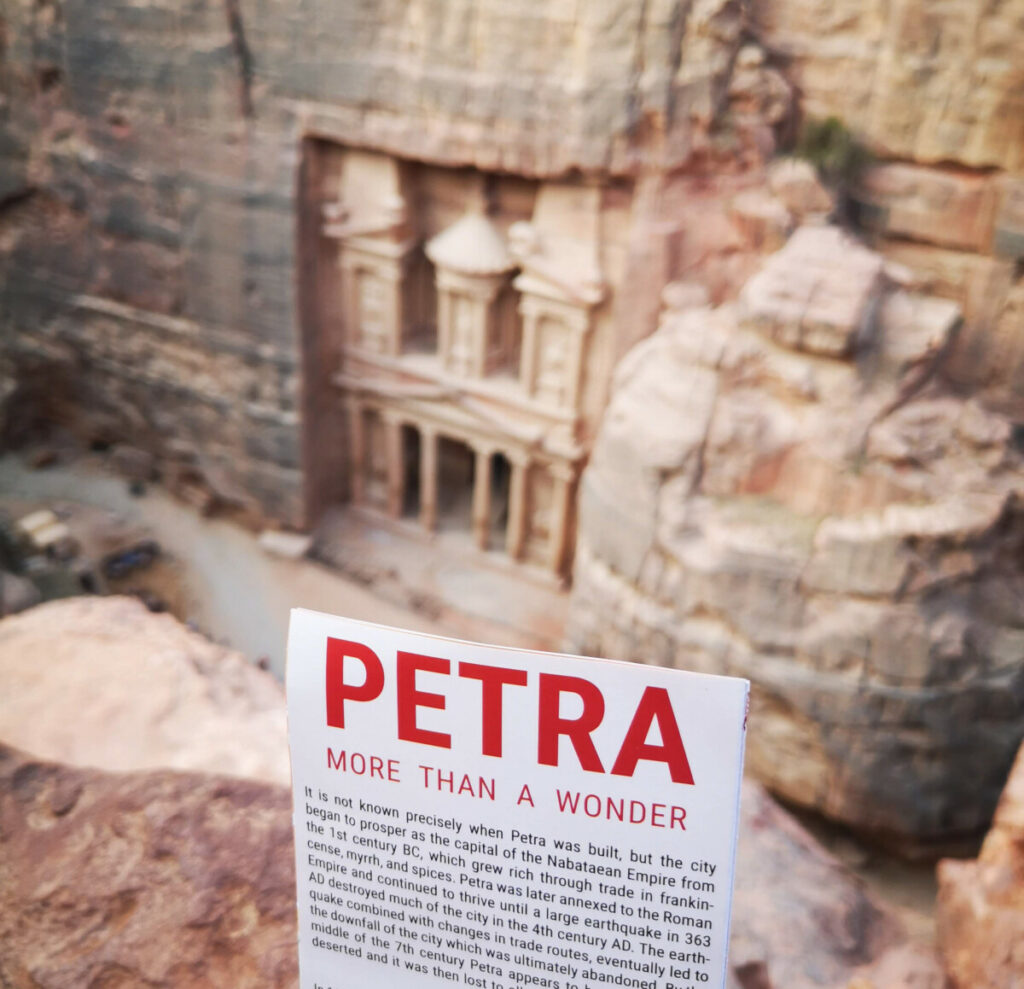
Petra is an old city in Jordan that goes back to the 4th Century B.C. The remains of this once-great city and trading hub act as an essential historical site and vacationer attraction.
Where is Petra?
Petra is approximately 150 miles from Jerusalem as well as Amman (the capital of Jordan) and about midway between Damascus as well as Syria. This makes it an excellent place for business and sell the region.
Both archeologists and also historians consider the site considerable due to its magnificent rock-cut architecture as well as innovative water monitoring system. This latter made it possible to live in the desert and also sturdy surface surrounding it.
Petra is likewise referred to as the "Rose City" because of the color of its stones. In 1985, it was assigned a UNESCO World Heritage Site.
City of Petra
Petra was founded as a trading post in the Nabateans people of Arab Bedouins, which is currently southwestern Jordan.
Quickly, the Nabateans who lived and also sold Petra built up significant wide range, and an envied Greek Empire struck the city in 312 B.C. This is the first time that Petra has been discussed in taped history.
The Nabateans defeated the Greek intruders by making use of the hills surrounding the city. Petra was supported by the hills, which worked as a natural obstacle.
The Greek intrusion was not the last time that the city would be under fire.
The Romans got into Petra in 106 A.D. and also at some point compelled the Nabateans right into abandonment. The Roman Empire annexed the area as well as gave it the name Arabia Petraea.
They ruled the city for over 250 years till the center of the fourth century A.D. when much of its structures were ruined by an quake. The Byzantines ultimately ruled the region and governed Petra for around 300 years.
Petra's Lost City
Petra had actually been deserted by the begin of the 8th century A.D. and was no longer a crucial area financially, politically, or culturally.
Petra is no longer thought about an important city, yet historians and archeologists have actually been thrilled by its distinct design and the cutting-edge Nabatean Bedouins that established it.
Petra would not feel like an ideal place to construct a city, given its tough and mountainous environments. The Nabateans took advantage of geography to create their essential structures.
The Nabateans utilized an very early form, rock-cut design, to create most of the city's buildings from rock surfaces. The design of Petra progressed because of the Nabatean society, and later, the Romans and Byzantines looked for to make their mark on the city.
The Nabateans built huge, elaborate burial places that at some point gave way to the Byzantines' Christian churches. They took into consideration Petra the capital city of Palaestina.
The Petra Roman Road was built throughout this period of evolution. It was the major thoroughfare in Petra, and also elaborate entrances were built to note the entrance to the city.
The Nabateans' impact on the city's framework as well as style was not eliminated by its followers.
Water Harvesting
The Nabateans, desert occupants, had battled for many years during durations when rains was scarce in their region. The people produced Petra with a distinct system that consisted of dams, conduits, as well as tanks. This allowed them have a peek here to harvest, shop, as well as distribute rainwater year-round.
Flooding was an concern in the city's area at certain times of the year. The Nabateans might control floodings, dams, as well as the city's water.
They could stay in the city even throughout dry spells. This additionally increased the returns of Nabatean farmers.
Petra Today
Petra came to be a trading center in the 18th century. Nomadic guards utilized its rock frameworks for sanctuary for several centuries.
Johann Ludwig Burckhardt, a Swiss traveler, " uncovered" the remarkable damages at Petra in 1812. In his traveling chronicles, he explained the ruins in Petra as once excellent.
They brought in the interest of scholars, architects, and the west, who became aware of their existence. British excavators Agnes Conway, George Horsfield, Tawfiq Kanaan, and also scholars Ditlef Nielson began a official project in 1929 to excavate as well as survey Petra.
In the years since lots of discoveries have actually been made. These consist of the 1993 discovery by the Byzantines of Greek scrolls. Satellite imaging has additionally documented a previously unknown monumental structure buried under the sands.
The Jordanian federal government declared Source Petra a UNESCO Globe Heritage Website in 1985. The Jordanian federal government compelled the moving of Petra Bedouin tribespeople, that had actually constructed houses within the city's damages.
The website was marked among the 7 New Marvels of the World in the early 2000s. This caused an boost in vacationer numbers. Ever since, initiatives have actually been made by the government to protect Petra's damages from hefty tourism as well as damages from flooding, rain, and also other environmental elements.